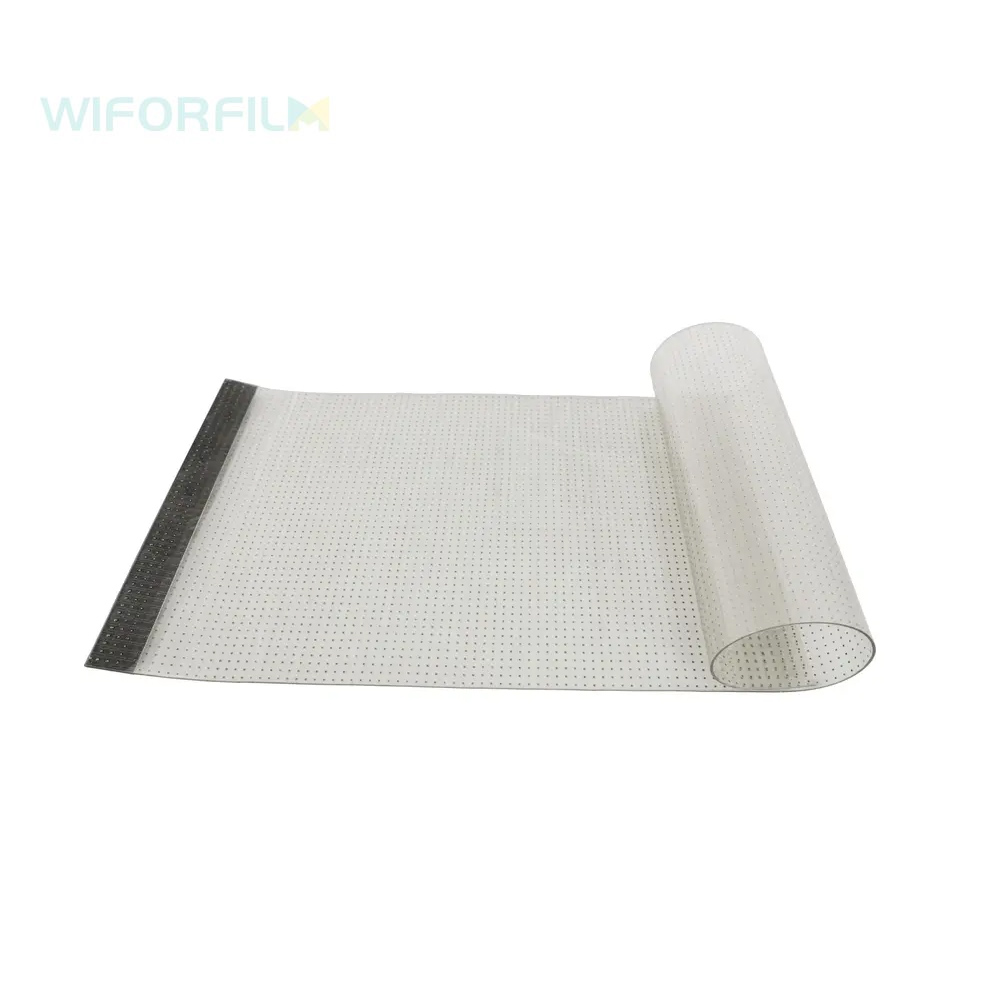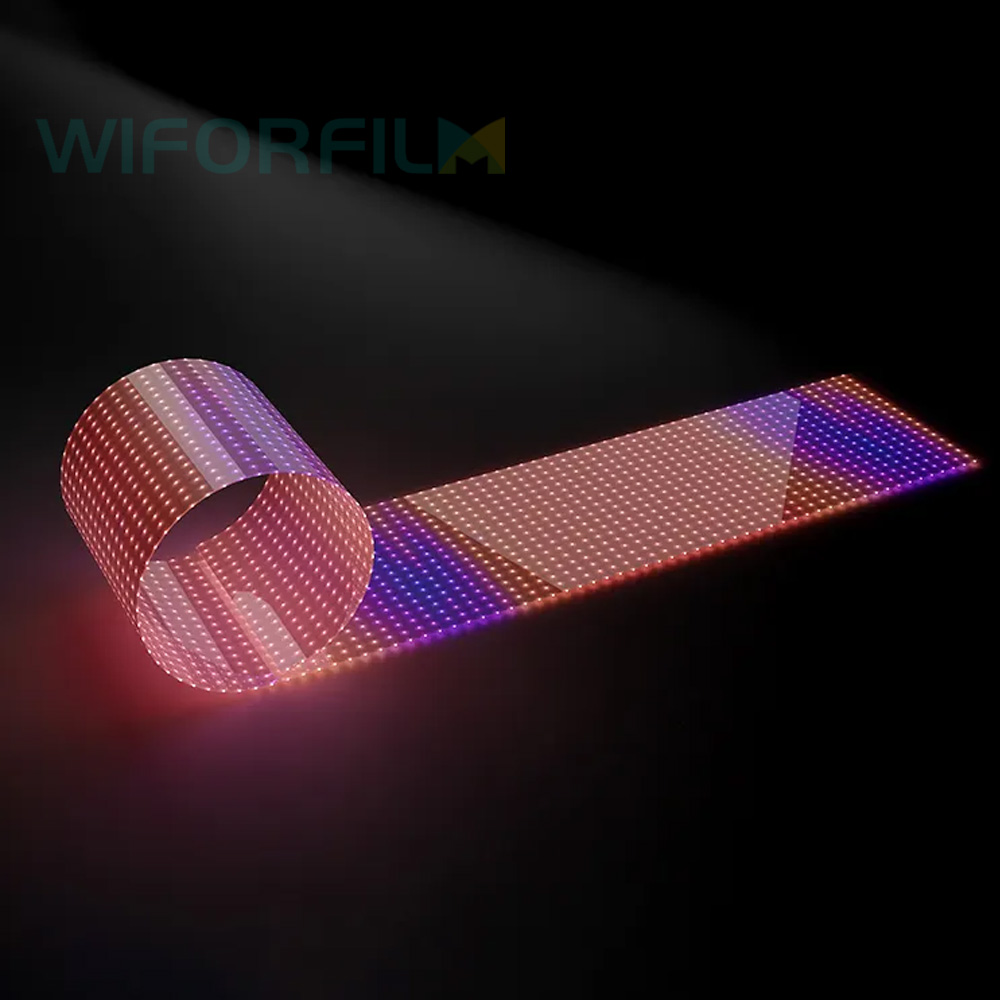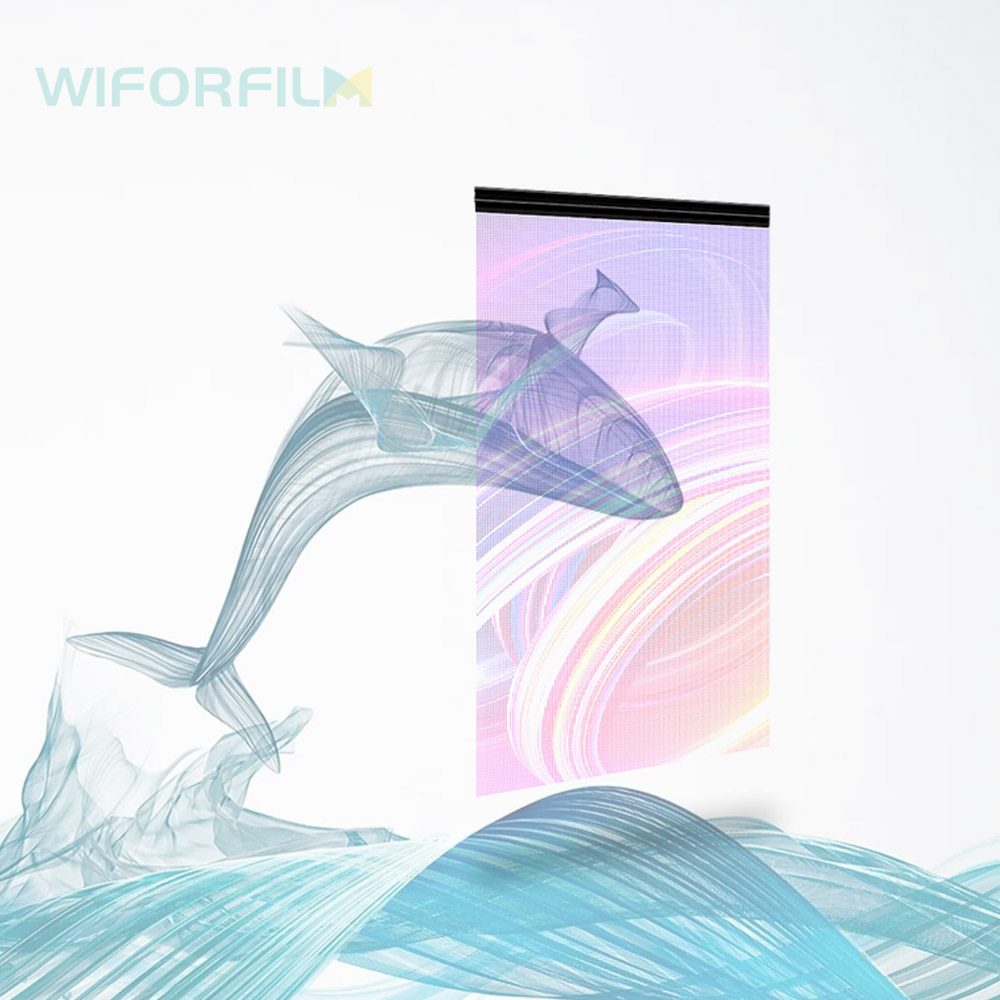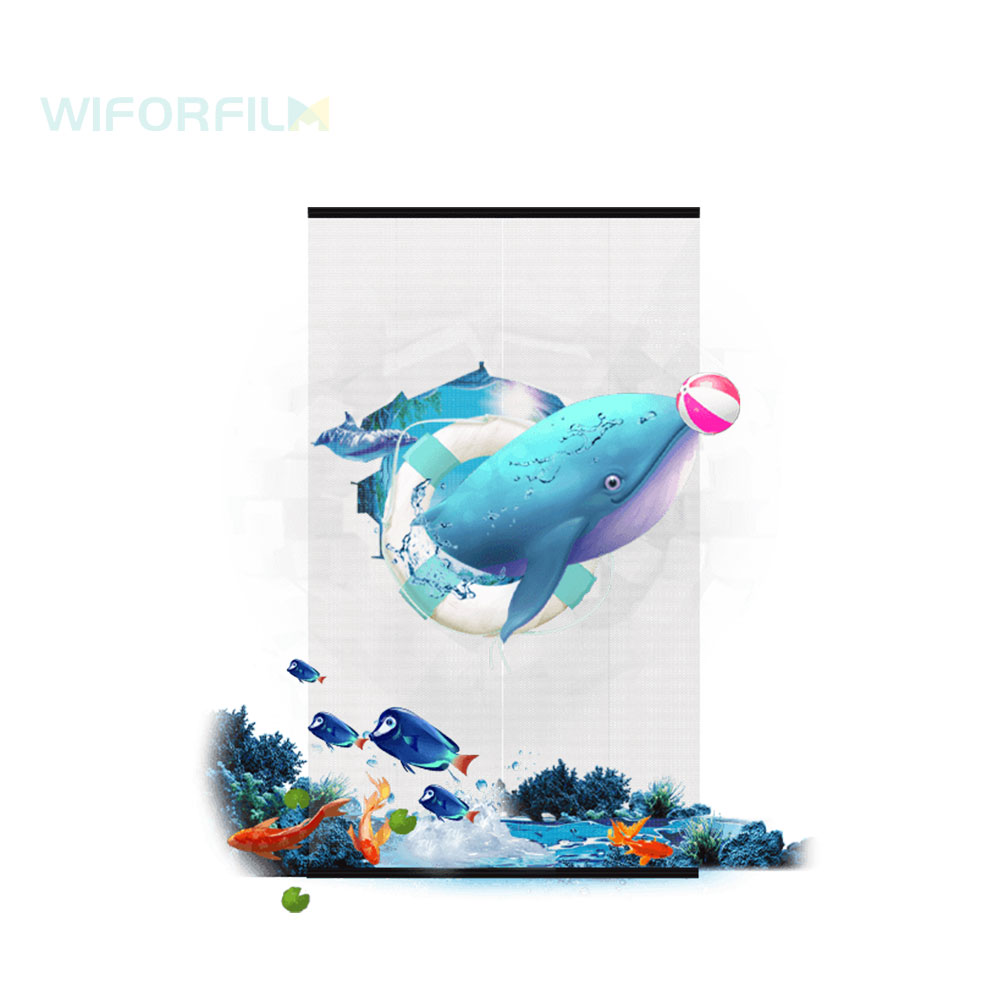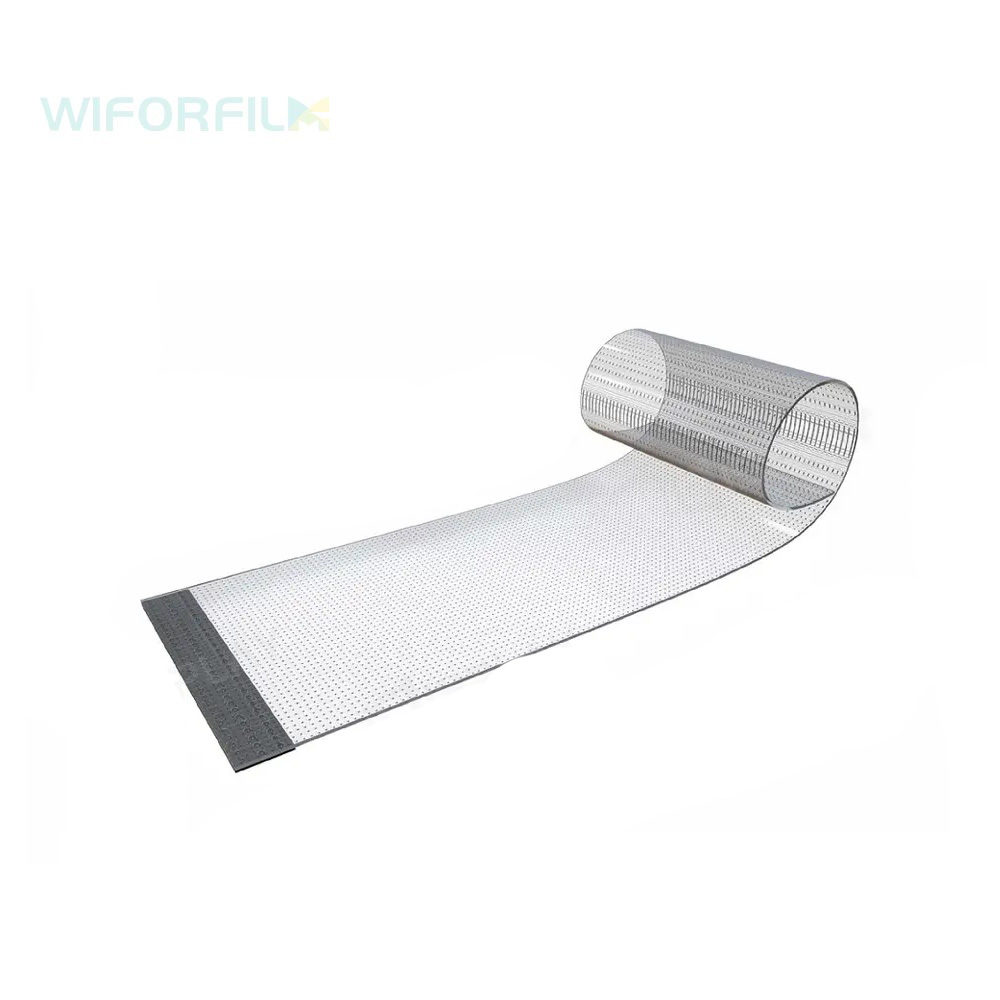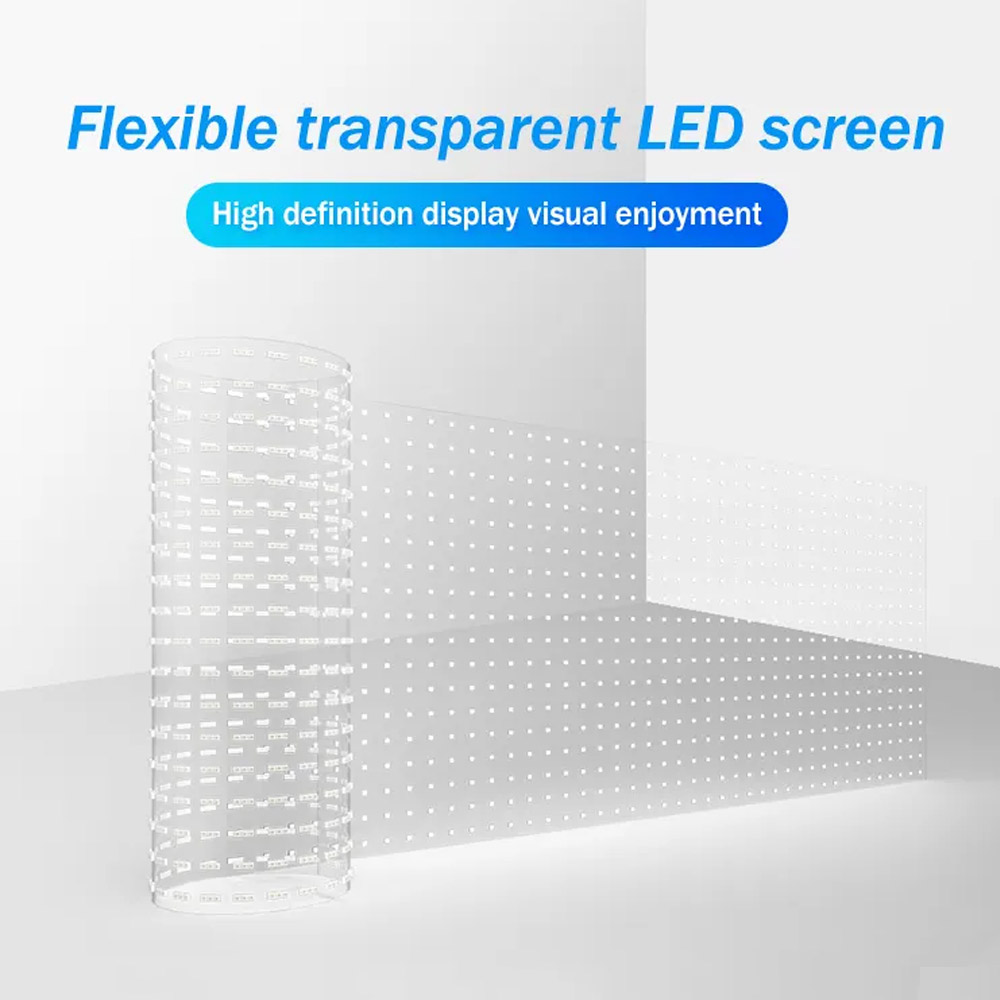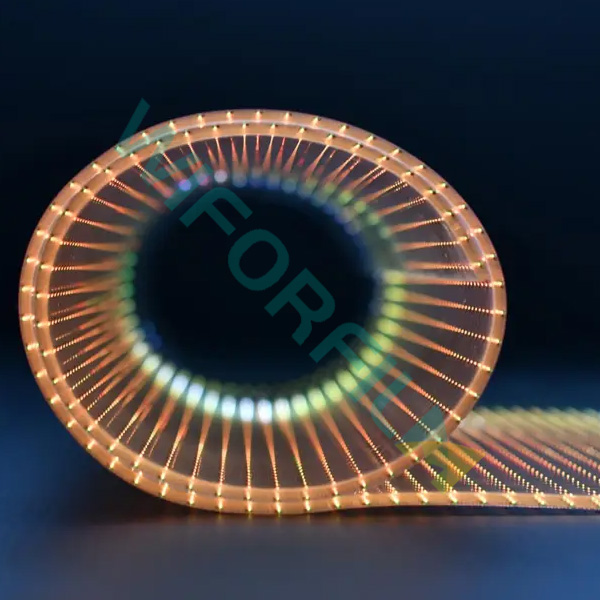
See Through LED Matrix is an innovative display technology that combines the capabilities of traditional LED matrices with transparency, allowing users to see through the display. This technology has various applications in areas such as augmented reality, transparent displays, and interactive installations.
Key Features:
Transparency: The primary feature of a see-through LED matrix is its transparency. This is achieved by designing the display in a way that allows light to pass through the pixels, making it possible to see objects behind the screen.
LED Technology: Similar to conventional LED matrices, see-through versions utilize light-emitting diodes (LEDs) as individual pixels. These LEDs emit light when an electric current passes through them, creating a display of lights.
Pixel Density: The pixel density of a see-through LED matrix determines the resolution and clarity of the displayed content. Higher pixel density results in sharper images, making it suitable for applications requiring detailed visuals.
Interactive Capabilities: Some see-through LED matrices are designed to be interactive, allowing users to interact with the displayed content through touch or gestures. This feature enhances the user experience and opens up possibilities for various interactive applications.
Working Principles:
Transparent Substrates: See-through LED matrices use transparent materials as substrates for the display. Transparent substrates, such as glass or clear plastics, enable light to pass through the display, maintaining the see-through property.
Thin and Lightweight Design: To achieve transparency, the display is designed to be thin and lightweight. This design minimizes the impact on the overall visibility of objects behind the screen.
Selective Lighting: LEDs are selectively illuminated to create the desired images or patterns. By controlling the brightness of individual LEDs, the display system forms images, and the transparency allows those images to be visible while still seeing through the display.
Advanced Control Systems: See-through LED matrices often incorporate advanced control systems that manage the behavior of each pixel. These control systems may include processors, sensors, and software algorithms to optimize display performance.
Potential Applications:
Augmented Reality: See-through LED matrices are well-suited for augmented reality applications, where digital information is overlaid onto the real-world environment. This can find applications in gaming, navigation, and training simulations.
Retail Displays: Transparent LED displays can be used in retail settings to showcase products with interactive and dynamic visuals. This technology provides an engaging way to present information to customers.
Interactive Exhibits: Museums, science centers, and interactive exhibits can benefit from see-through LED matrices to create immersive and educational displays that respond to user interactions.
Information Display: Transparent LED displays can be used in various settings, such as airports or public spaces, to provide information in a visually appealing manner without obstructing the view.
In conclusion, see-through LED matrices represent a cutting-edge display technology that combines the advantages of LED displays with transparency. Their unique features make them suitable for a wide range of applications, from augmented reality to interactive exhibits and retail displays, opening up new possibilities for visual communication and user engagement.



